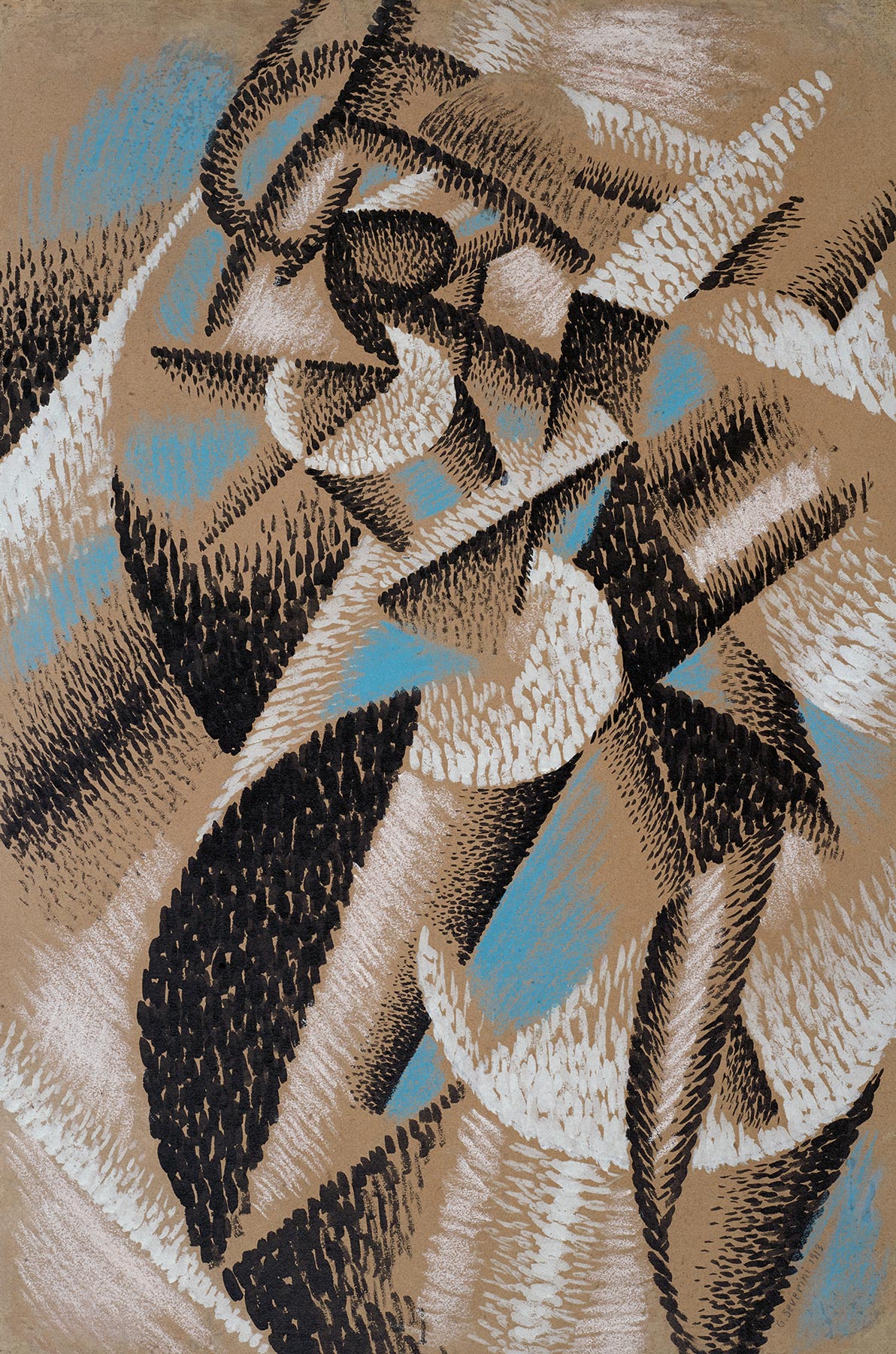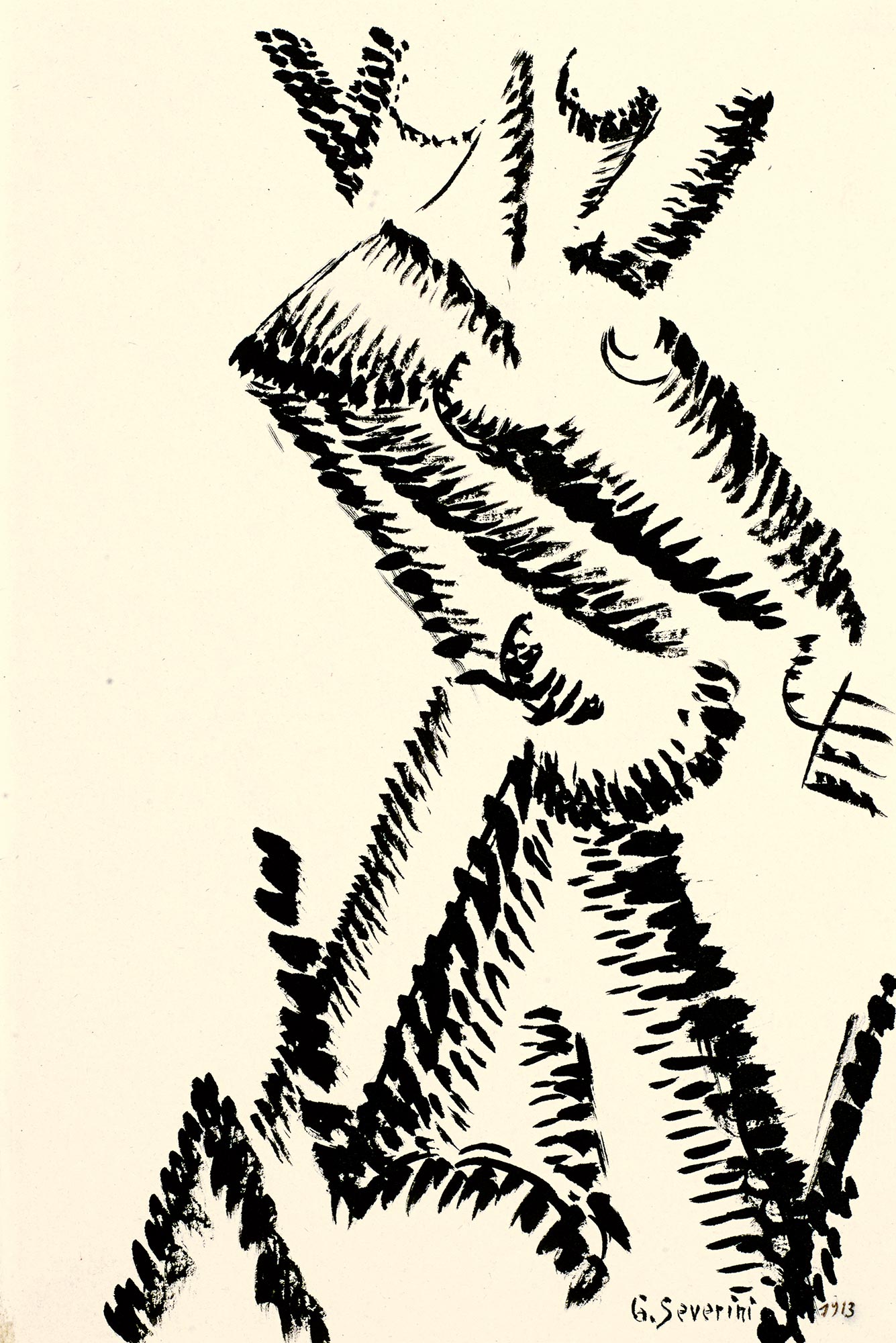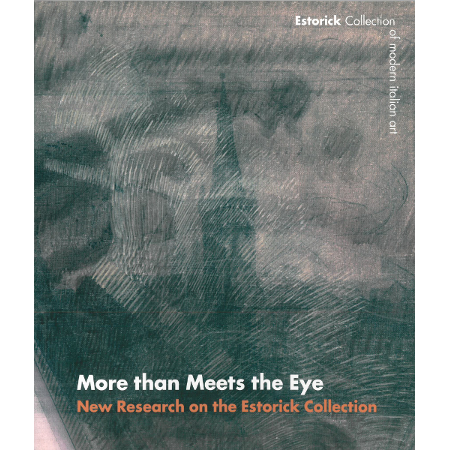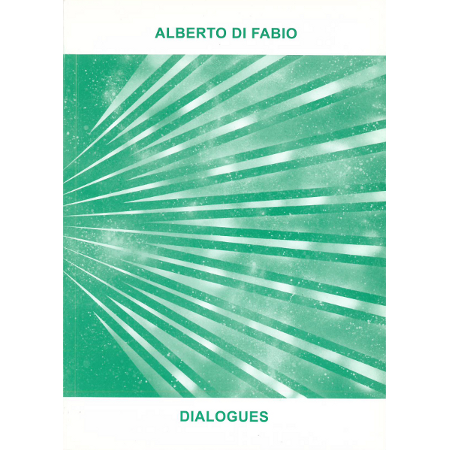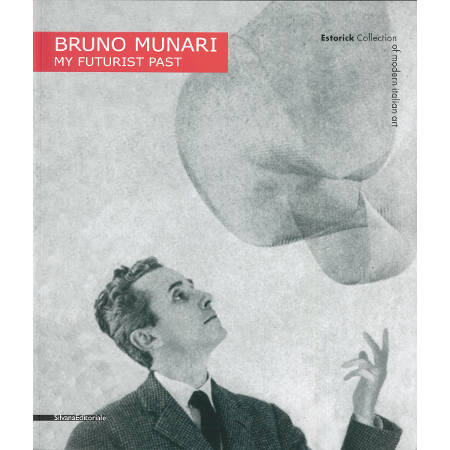Gino Severini
Quaker Oats - Cubist Still Life, 1917
Quaker Oats – Natura morta cubista
Oil on canvas
61.2 x 49.8 cm
In his autobiography, Gino Severini recalled that by 1916 “some time had passed since I had broken off all contact with Marinetti and with the other Futurists” '. (1) His work increasingly became informed by a new emphasis “on order, discipline [and] classical tendencies”, (2) something reflected in this work’s cool tones, the crisp white of the tablecloth and the word ‘pure’ that seems to float on the surface of the picture plane. Severini’s instinctive pursuit of such values in works of Synthetic Cubism (3) like Quaker Oats foreshadows the wider post-war ‘return to order’ and his own more consciously austere compositions of 1919, created in accordance with rigorous mathematical principles. It also anticipates the work of figures such as Amédée Ozenfant and Charles Edouard Jeanneret (Le Courbusier), who created a number of ‘Purist’ still lifes employing stark, elemental forms between 1918 and 1925.
(1) Gino Severini, The Life of a Painter (Princeton: Princeton University Press, 1995), p. 164. (2) Ibid., p. 208 (3) “In the early stages of Cubism the painters had begun with a more or less naturalistic image which was the fragmented and analysed [...] in the light of the new cubist concepts of space and form. Now the process was reversed: beginning with abstraction the artists worked up towards representation. The transformation from an ‘analytical’ to a ‘synthetic’ procedure had been achieved.” John Golding, ‘Cubism’, in Nikos Stangos (ed.), Concepts of Modern Art: From Fauvism to Postmodernism, 3rd edn (London: Thames and Hudson, 1994), pp. 50-78 (p. 66).
Related works in the collection
Related products
More than Meets the Eye
Alberto di Fabio: Dialogues
Bruno Munari: My Futurist Past
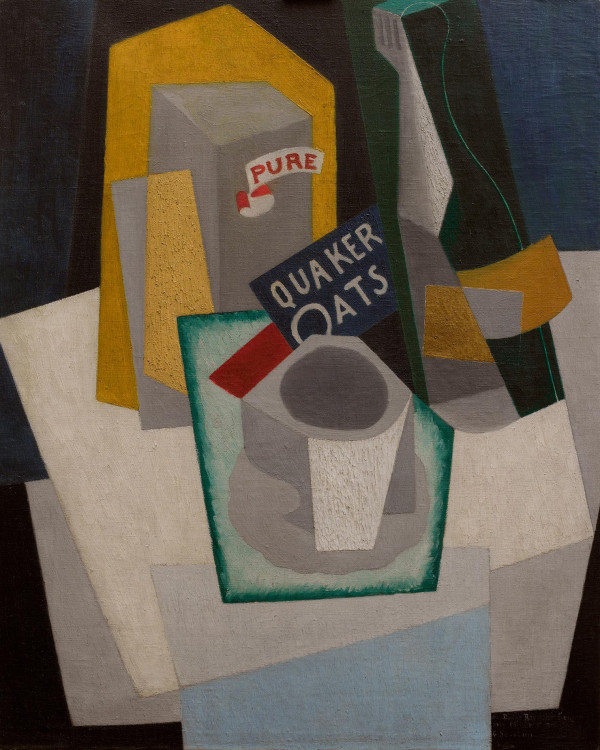
 low.jpg)
